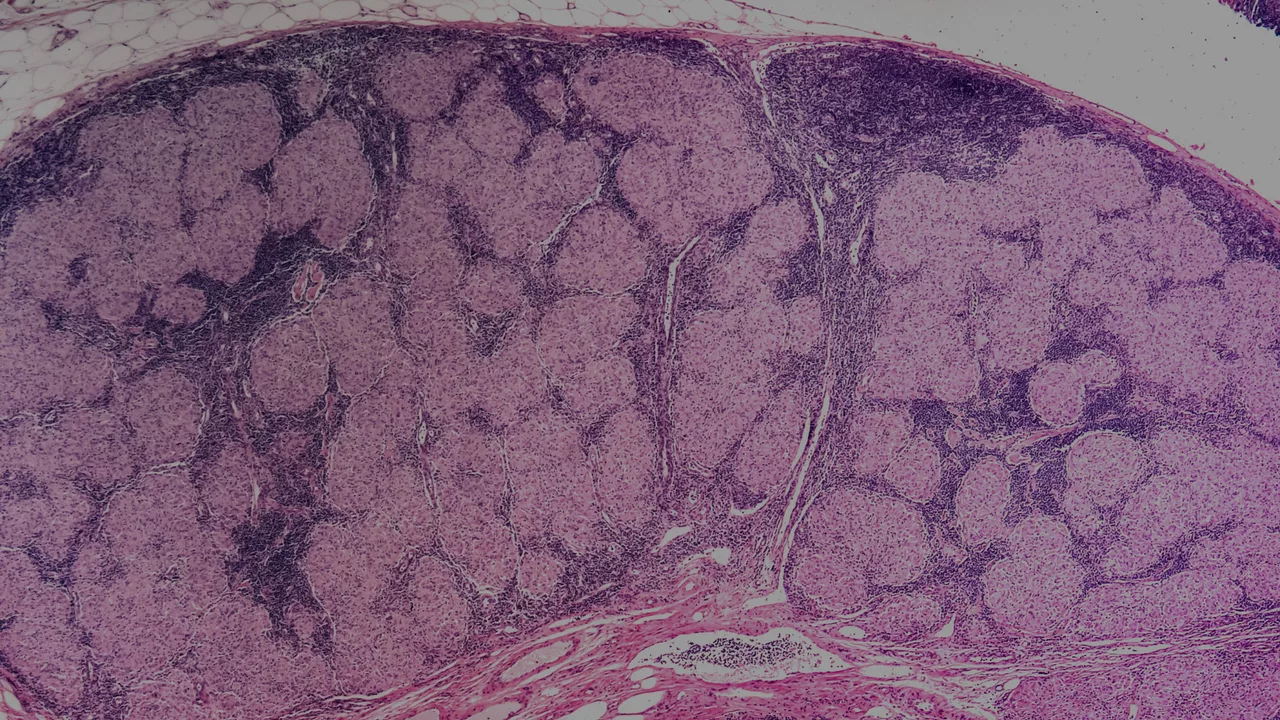Treating Sarcoidosis: Practical, Clear Steps
Sarcoidosis can behave differently from person to person. Some people have mild symptoms that go away on their own; others need drugs to protect lungs, heart, or eyes. This page explains how doctors decide to treat sarcoidosis, common medicines, tests to track progress, and quick rules you can use when talking with your medical team.
Diagnosis first: doctors use chest X-ray or CT, pulmonary function tests, and a tissue biopsy to confirm sarcoidosis. Blood tests like calcium and ACE level, ECG or echocardiogram, and a full eye exam are common to check for organ involvement. If your biopsy shows noncaseating granulomas and no other cause is found, treatment decisions follow based on symptoms and organ risk.
When to treat and when to watch
Not everyone with sarcoidosis needs medicine. If you have no symptoms, normal lung function, and no risky organ involvement, doctors often watch closely for months. Treat when symptoms reduce quality of life, lung tests worsen, or vital organs are involved (heart, brain, eyes). The goal is to prevent permanent damage while keeping side effects low.
Common medicines and what to expect
Prednisone (a corticosteroid) is the first-line drug for many cases. It works fast but brings side effects when used long-term: weight gain, bone thinning, high blood sugar, and mood changes. Doctors try to use the lowest effective dose for the shortest time.
When steroids aren’t tolerated or are needed long-term, teams add steroid-sparing drugs. Methotrexate is common—effective for lungs and skin. Doctors monitor blood counts and liver tests. Azathioprine and mycophenolate are alternatives if methotrexate isn’t suitable. For severe or refractory cases, anti-TNF drugs like infliximab can help, especially for heart or neurological sarcoidosis, but they carry infection risk and require screening before use.
For skin lesions and mild lung disease, topical steroids or inhaled corticosteroids may help. Hydroxychloroquine can reduce skin lesions and high calcium levels in some patients. Eye disease usually needs prompt treatment from an ophthalmologist to prevent vision loss.
Non-drug care matters: stop smoking, keep vaccinations current, and treat infections quickly. Physical rehab can help when lung function is reduced. Ask about bone-density scans if you’re on long-term steroids and consider calcium and vitamin D when advised by your doctor.
Follow-up is regular: expect clinic visits and lung tests every few months when starting treatment, then less often once stable. Watch for new symptoms—palpitations, fainting, severe shortness of breath, sudden vision changes—and seek urgent care if they appear; these could mean heart or eye complications.
Work with specialists. Sarcoidosis care often involves a pulmonologist, rheumatologist, cardiologist, and ophthalmologist. Treatment plans change over time, so keep open communication and ask about medication side effects, fertility, and pregnancy if relevant.
Remember that monitoring for drug side effects is part of treatment. Regular blood tests, liver checks, and bone scans help catch problems early. If you notice mood swings, infections, unexplained bruising, or vision changes, contact your doctor promptly. Getting a second opinion is fine if you are unsure today.

The Role of Atorvastatin in Treating Sarcoidosis
Atorvastatin plays a significant role in managing sarcoidosis, a disease characterized by the growth of tiny clumps of inflammatory cells in different parts of the body. Studies highlight Atorvastatin's potential in reducing inflammation and improving lung function, making it a promising treatment option. It's a cholesterol-lowering drug, but it's proving to be more versatile than we initially thought. While traditional treatments are still widely used, Atorvastatin offers a new perspective in the fight against sarcoidosis. Yet, more extensive research is needed to fully understand its efficiency and potential side effects.
More Detail